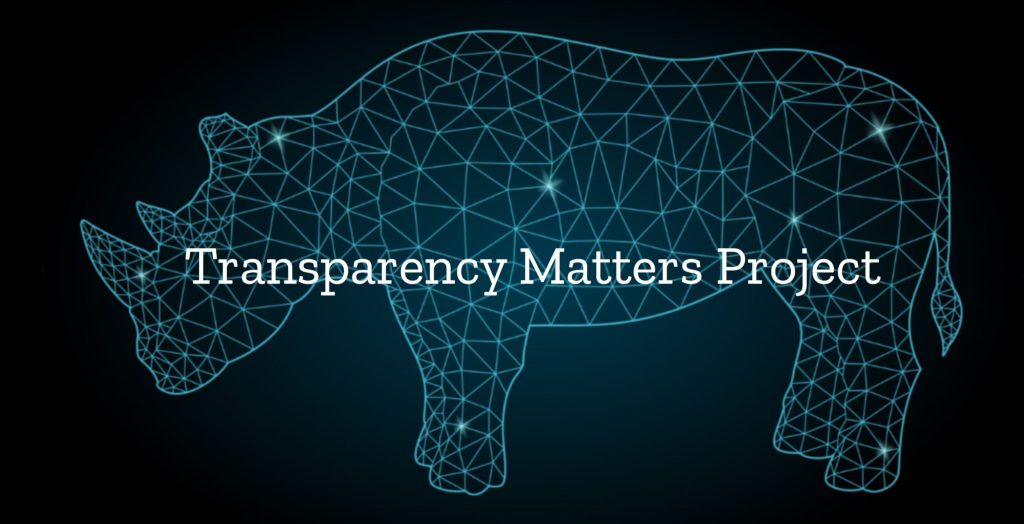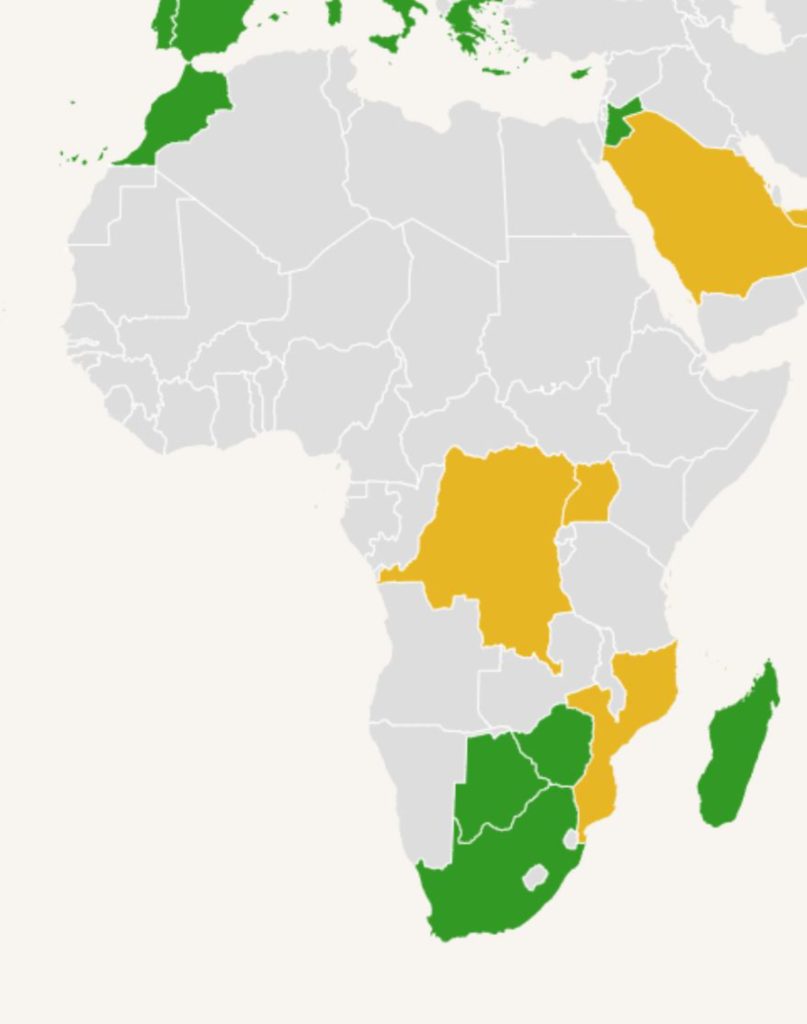
Sometimes we can feel a little overwhelmed by the problems facing wildlife and the environment. It is clear from the daily news that the way we are trending isn’t great and it is all too easy to get caught up in our day-to-day lives, in the hope that someone else will solve these challenges.
I became involved in helping endangered animals after reading an article about the widespread poaching of rhinos that was occurring in Africa. While still working full time I decided I needed to do something, basically I needed to get Active for Animals. So I created an organization of the same name!
Most of my working life, has been involved in monitoring data, sales data, trade data etc. That is still my day job and I know firsthand the tools that have been developed to collect data over recent decades are excellent. Not a year has gone by where I haven’t needed to learn how to use a new and improved software application. Which is why I was shocked to hear that the CITES trade permit system, used to monitor the international trade in 40,000 of the rarest and most commercially valuable species on the planet still relies on a paper-permit system created when it was launched in the 1970s. Just how can this be the case for the trade in wild species, which is known to be one of the most valuable trades in the world? Modernizing CITES is one of the projects that I volunteer my time towards and why I launched the Transparency Matters Project earlier this year. In the words of Kofi Annan, “If corruption is a disease, transparency is a central part of its treatment.”.
Knowing all the problems, it came as a relief to hear John Scanlon, CITES Secretary-General from 2010 to 2018 a acknowledge this problem in a June 2023 interview with Boston’s News Station WBUR, saying, “We have a paper permitting system which is a 50-year-old permitting system that’s open to fraudulent use and corruption, whereas in 2023 we should have a fully automated system”.
Yet, with all this and even though moving to an electronic permit system was first discussed by CITES in 2002, as of today only 19 of CITES 184 signatory parties have modernized their trade permit system, and most only in the last couple of years. A cost effective, off-the-shelf system was developed several years ago and is finally getting the publicity it needs, with a dedicated website launched just a few weeks ago and earlier this week CITES launched a great promotional video about the eCITES system.
In early May I wrote to President Biden to ask the administration to consider a donation of less than US$12 million over the next 2 years to roll out a CITES electronic trade permit system in all the 49 countries of continental Africa who still use the 1970s paper system.
So why Africa? After all, no Latin American country has rolled out CITES ePermit. Research published in 2015 provided clear evidence of the prevalence of documentation discrepancies in CITES trade data for Appendix I and II species exported out of 50 African nations (to 198 importing countries/territories) between 2003 and 2012. The data represents 2750 species. Of the 90,204 records originally downloaded from the CITES database only 6542 (7.3%) were free from discrepancies and increases in discrepancy-rates between 2003 and 2012 suggest that the trade was monitored less efficiently in 2012 than it was in 2003.
Currently only 3 countries in continental Africa (DRC, Uganda and Mozambique) have CITES electronic permits. South Africa launched an eCITES system on the 1st of April 2023, though this has yet to be formally announced by the CITES. Maybe the first thing to mention about the eCITES map linked is that normal project management ‘traffic light color’ convention had been inverted, making amber ‘implemented’ and green ‘in progress’.
Gray means that there is currently no plans to update the CITES paper-permit system; as you can see continental Africa is awash with gray. Undoubtedly for many countries this is because of the lack of funds needed to implement this system
Together with my collaborative partner on the project, Nature Needs More, another volunteer run organization, we have meetings lined up in Washington DC in October 2023 to discuss such a donation.
I realize this not only needs the political will of a donor country but also the recipient countries. For this reason, we have written to all the current U.S. Ambassadors based in continental Africa and their counterparts based in Washington DC. We have asked for their support in encouraging the governments of the 49 countries in continental Africa still using the paper system to adopt CITES electronic permits. The response and activity this has generated has been so exciting; all the evidence is that countries what this system. Engaging all the stakeholders hasn’t been easy and with this in mind, I have been guided by the words of Nelson Mandela, “It always seems impossible until it’s done”. It has been a busy few months, but not an impossible one.
Part of the reason for starting Active for Animals was to send a strong message to people wondering how they can make a difference when the issue seem so big and complex. I can only encourage you to be a part of the solution. Get involved because it feels empowering to be part of the solution. Trust me on that one!
Find out for yourself. Get Active For Animals.
If you would like to know more about this project and would like to help, or you want to learn how to take One Small Step contact me, at james@activeforanimals.org





